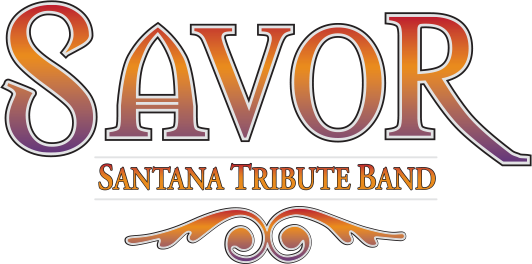Before Woodstock, Santana was a relatively unknown band that hailed from San Francisco’s Mission District. Carlos Santana put together the band with keyboardist and singer, Gregg Rolie, in 1966. Playing mostly local gigs, the band was discovered by legendary promotor, Bill Graham, who booked Santana into the Fillmore West on June 16 1968.
By 1969, the band consisted of Carlos Santana on lead guitar, Gregg Rolie on organ and keyboards, David Brown on bass, Michael Shrieve on drums, and Michael Carabello and Jose Arias, both playing congas and percussion.
Graham recognized that Santana had a sound that was unique — a mixture of blues guitar set against a backdrop of Latin and African rhythms which featured percussion instruments like the timbales and congas, sounds not heard in rock music at the time.
It was this unique sound that attracted Bill Graham to the band, and he soon became their manager. At the time, Graham was also managing some big name groups such as The Grateful Dead and Jefferson Airplane. So, when the Woodstock promoters came to him for help putting together the event, he agreed….with one stipulation. They had to agree to Santana performing at the festival, which they did, and the rest, as the saying goes, is history.
With no track record of performing at big venues and having just finished up recording music earlier in May of ‘69 for a possible album to be released at a later date, the group was skeptical about performing. Carlos Santana remembers his reaction to the news that they’d be on the bill at Woodstock with some of the biggest names in rock, “Bill, we’re from the Mission. We don’t buy into that rock star thing.” But, Graham predicted that performing at Woodstock would be a game changer for the band, putting them on a par with the likes of Hendrix and the Doors.
Santana was scheduled to play around midnight on the second day of Woodstock, August 16th, 1969. It had started to rain the night before, and by the afternoon of the 16th, the venue had turned into a sea of mud, creating all sorts of technical problems and wreaking havoc on the schedule of performers for that day. Arriving at around 11 that morning, the group was told they weren’t going to take the stage until well after midnight.
Carlos Santana decided to take some mescaline that he got from Jerry Garcia, figuring that he’d be okay to perform after midnight. At two in the afternoon, he was told that it was time for the band to perform — a now or never situation. When the band took the stage that afternoon, Santana was really hallucinating and, as he tells it, was wrestling with his guitar which had “transformed” into a slithering snake he was trying to hold onto while playing.
And play he did. Performing a 45-minute set of eight songs culminating with “Soul Sacrifice” and Michael Shrieve’s famous drum solo, the group was the big hit of Woodstock, raising the consciousness level as well as the energy level of the crowd who were dancing and moving to something that wasn’t really rock and roll, but a sound that was powerful, rhythmic, and simply magical.
Just as Bill Graham had predicted, Santana’s performance at Woodstock propelled them to the top of popular music charts. Within a few weeks of Woodstock, the group released their debut album, Santana, on August 30th. It quickly rose to No. 4 on Billboards’s 200 albums chart and stayed there for two years, with “Evil Ways” rising to No. 9 on the Billboard Hot 100.

